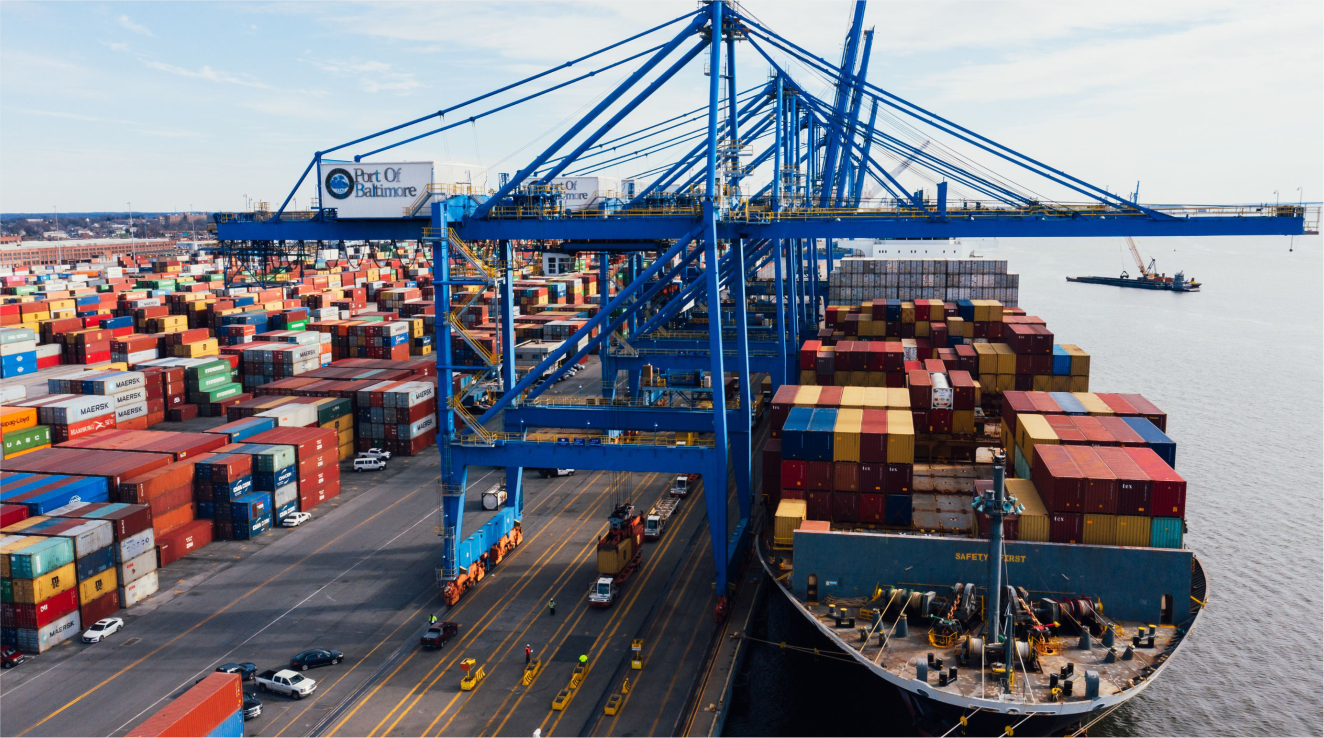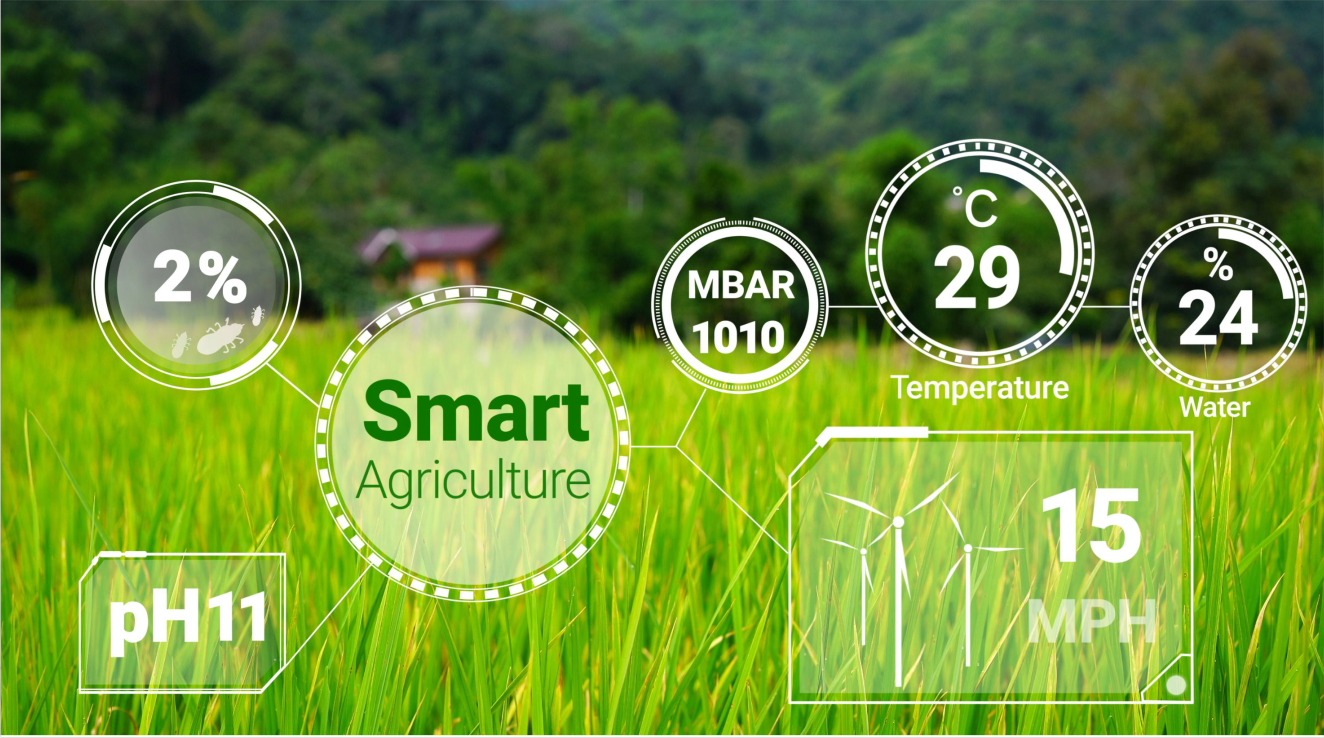The World Trade Organization (WTO) released its Trade Monitoring Report for 2024, offering an in-depth look at global trade trends, regional developments, and the evolving policy landscape. Despite ongoing geopolitical tensions and rising protectionism, the report projects modest growth in global trade, though the pace and distribution of growth remain uneven.
Global Trade Outlook
Global trade is forecast to grow by 2.7% in volume terms in 2024, with a slight increase to 3.0% in 2025. The report emphasizes the growing regionalization of trade, with countries increasingly turning to regional agreements and policies to safeguard their economic interests. This trend is coupled with a notable rise in protectionist measures, reflecting the complex and fragmented state of global trade.
Asia is positioned as a key driver of trade growth in 2024. The region’s exports are expected to grow by 7.4%, while imports are projected to increase by 4.3%. On the other hand, Europe is likely to weigh down global trade due to weak economic performance. Among Asian countries, India has emerged as a significant player. After a 6% decline in goods trade in 2023, India showed steady recovery in 2024, with goods exports rising by 4% in the first ten months. Moreover, India’s commercial services exports exhibited robust growth of 7% in the first half of the year, driven by a remarkable 17% year-on-year increase in travel services exports.
Rising Trade Protectionism
The report also sheds light on trade policy developments and the measures adopted by WTO members. Between October 2023 and October 2024, 910 trade-related measures were recorded. These included 291 trade-facilitating measures, such as tariff reductions, simplified customs procedures, and the elimination of quantitative restrictions, covering USD 1,440.4 billion in trade. This represents a significant increase from USD 977.2 billion in the previous period. However, restrictive measures also surged, with 169 new restrictions affecting USD 887.6 billion in trade, a sharp rise from USD 337.1 billion previously.
Anti-dumping measures and countervailing duty (CVD) investigations gained prominence during the review period. Anti-dumping investigations grew by 138%, with China being the most frequent target, accounting for 36% of cases. India, too, played a leading role in initiating and applying anti-dumping measures. In terms of CVD investigations, China again faced the highest number (34%), followed by India (17%). The United States initiated the largest number of CVD measures, reinforcing its proactive stance on trade remedies.
Conclusion
The WTO Trade Monitoring Report for 2024 highlights a pivotal moment for global trade. As Asia, led by India, drives growth, emerging economies are becoming key players in shaping the global trade landscape. The rise in protectionism and regionalization also underscores the need for innovative and climate-resilient trade policies. Collaboration among nations, particularly on equitable trade practices and sustainable frameworks, will be critical in fostering a resilient and inclusive global trade system.













